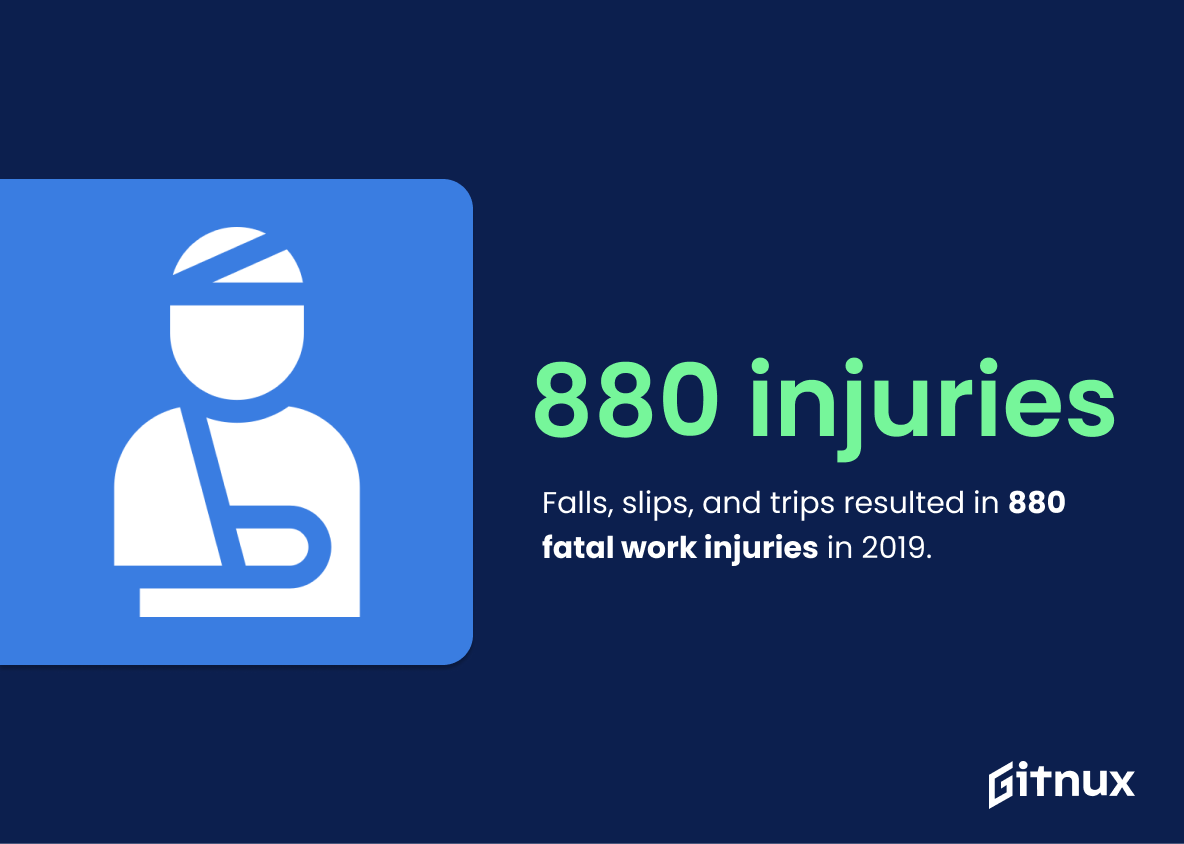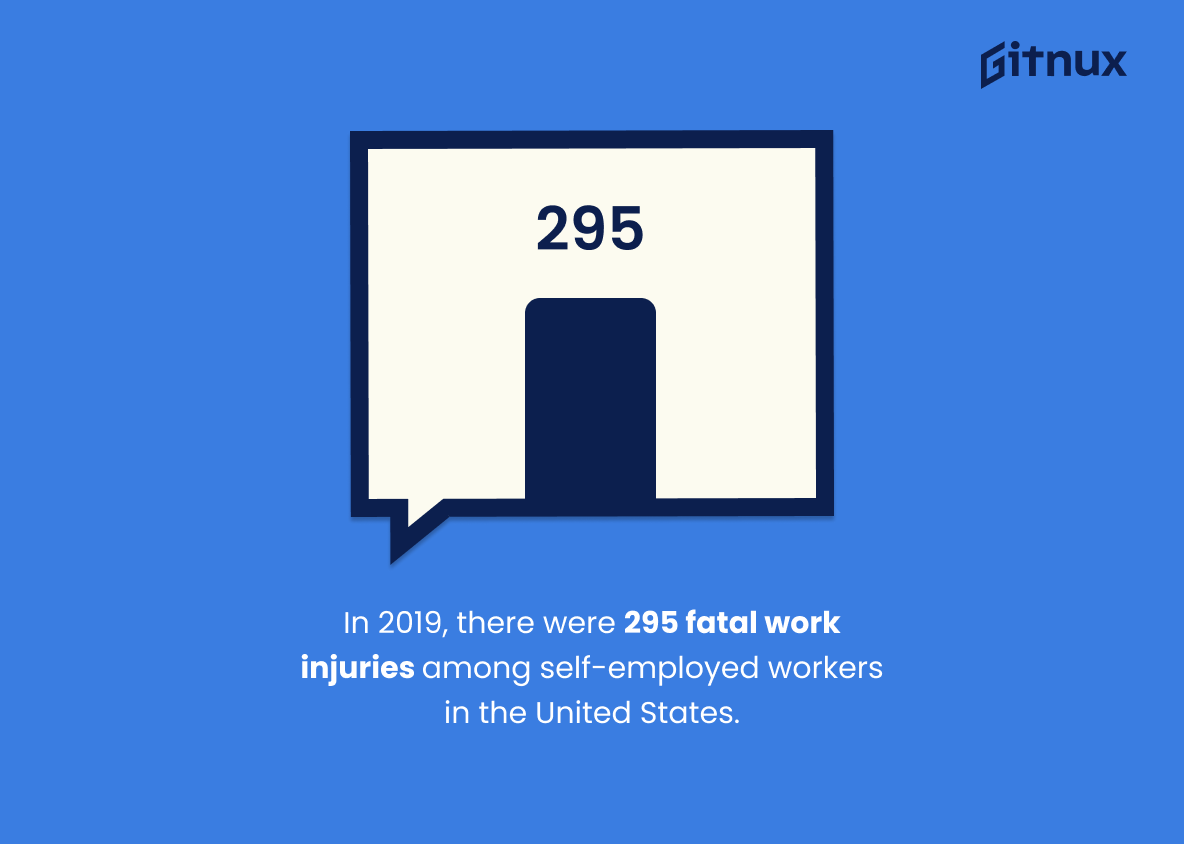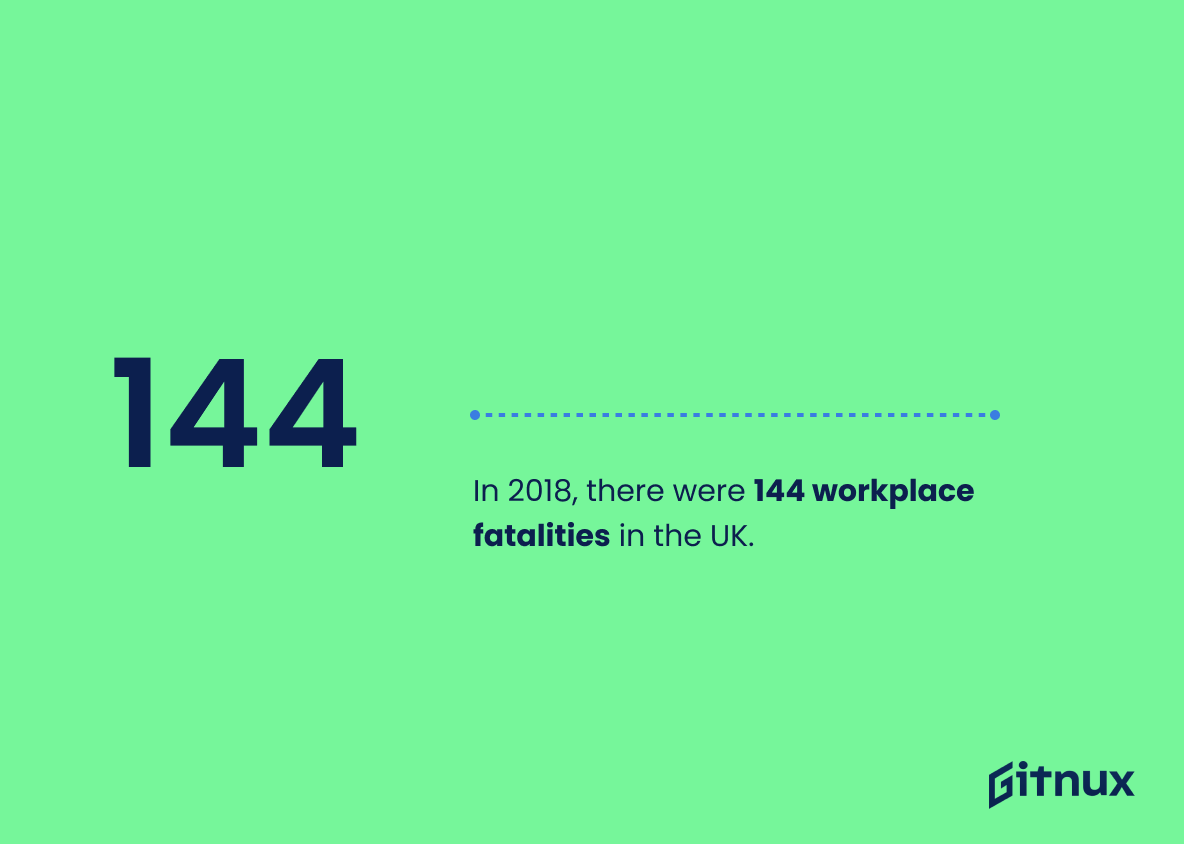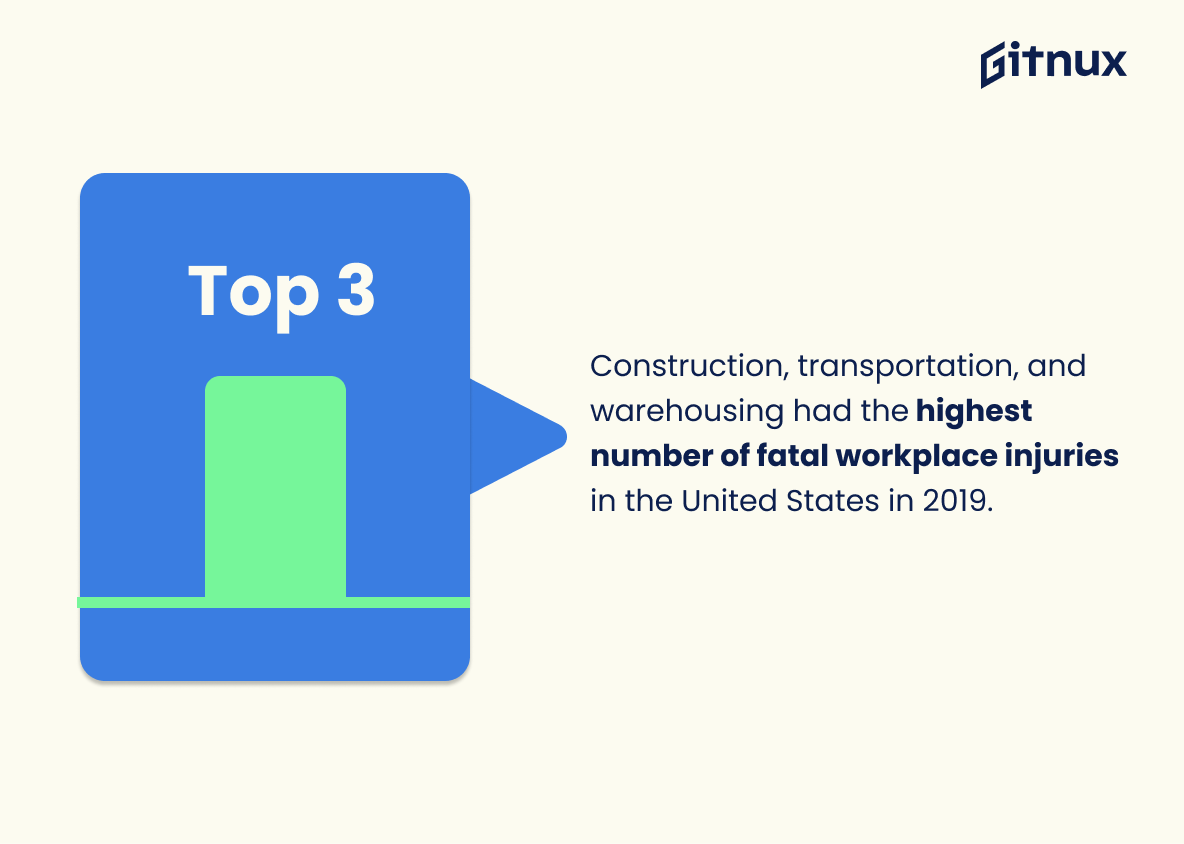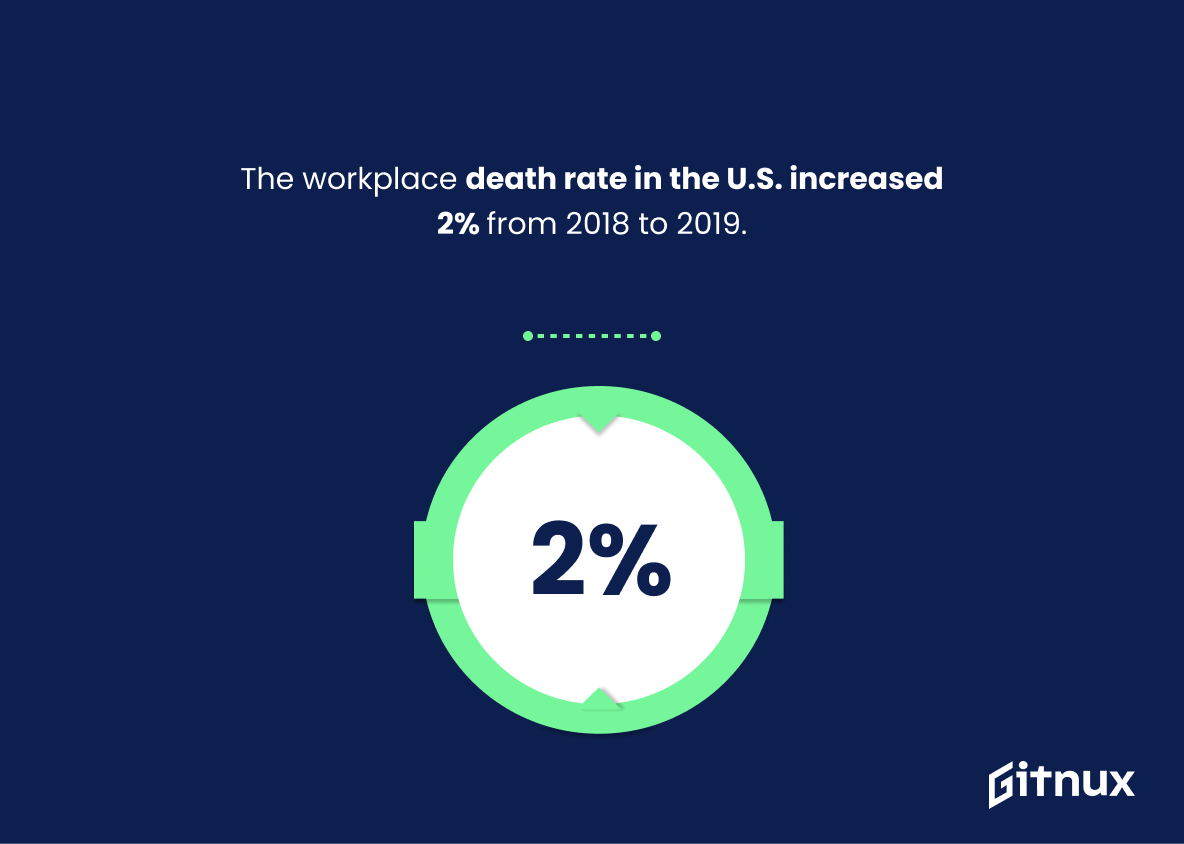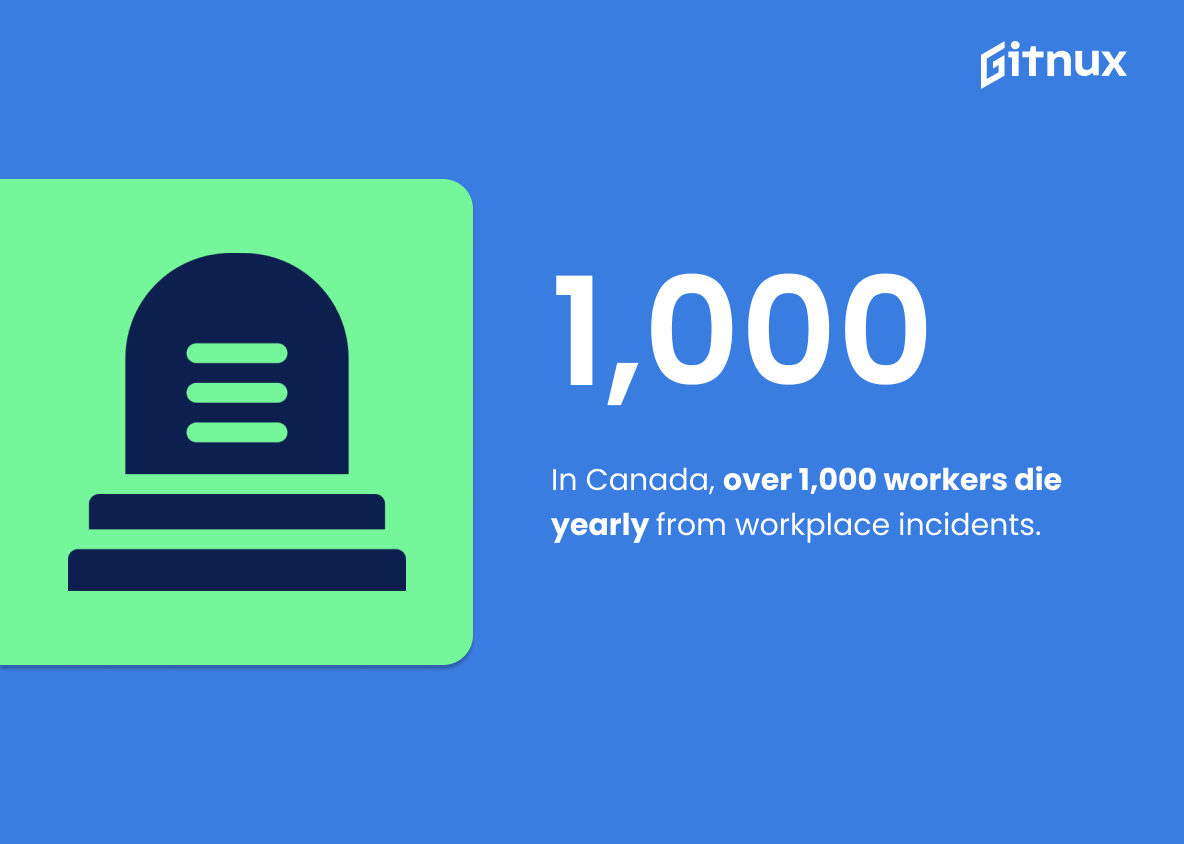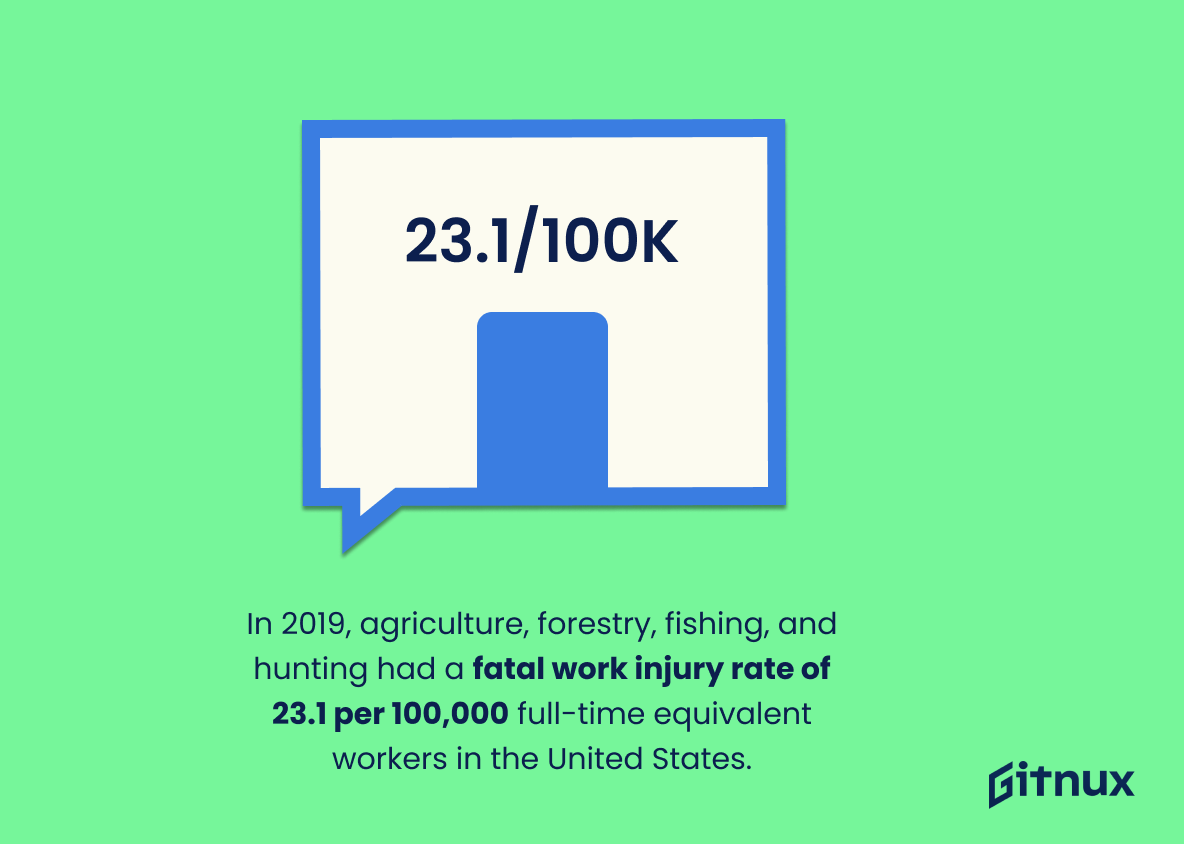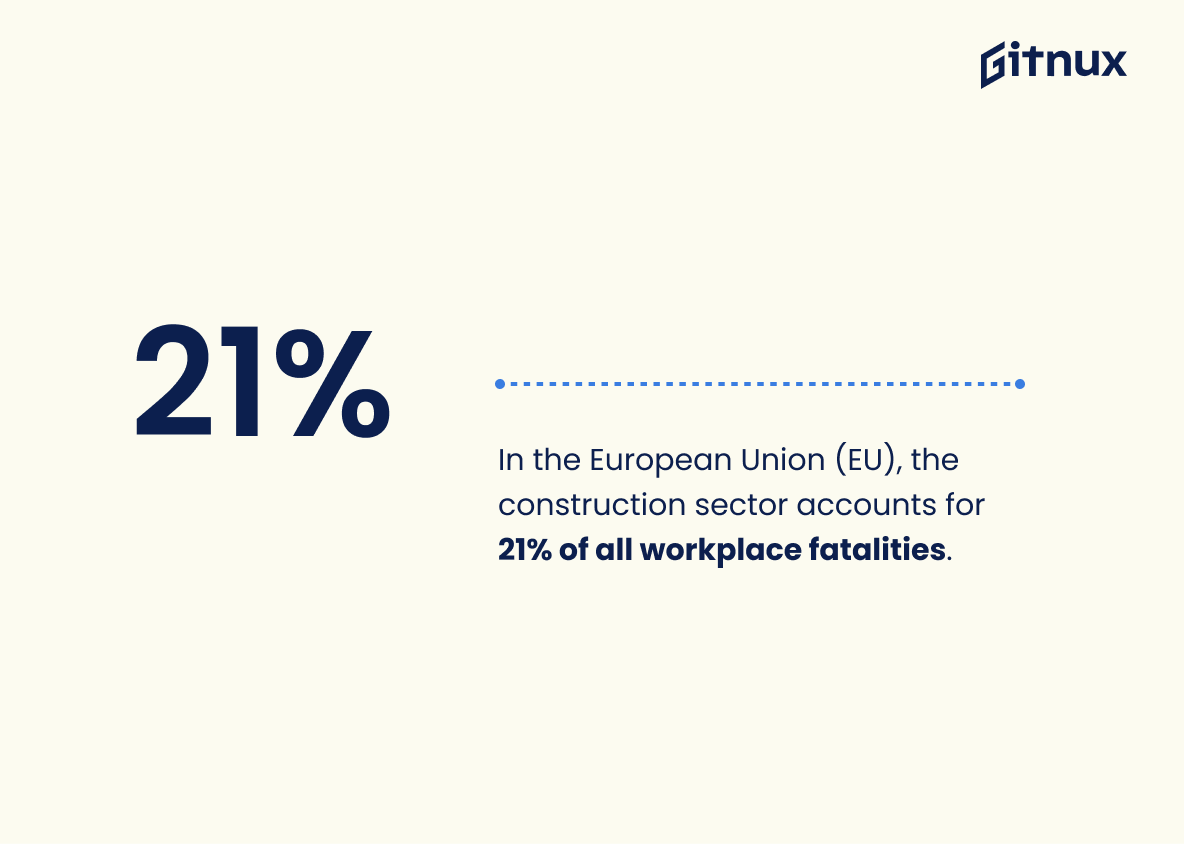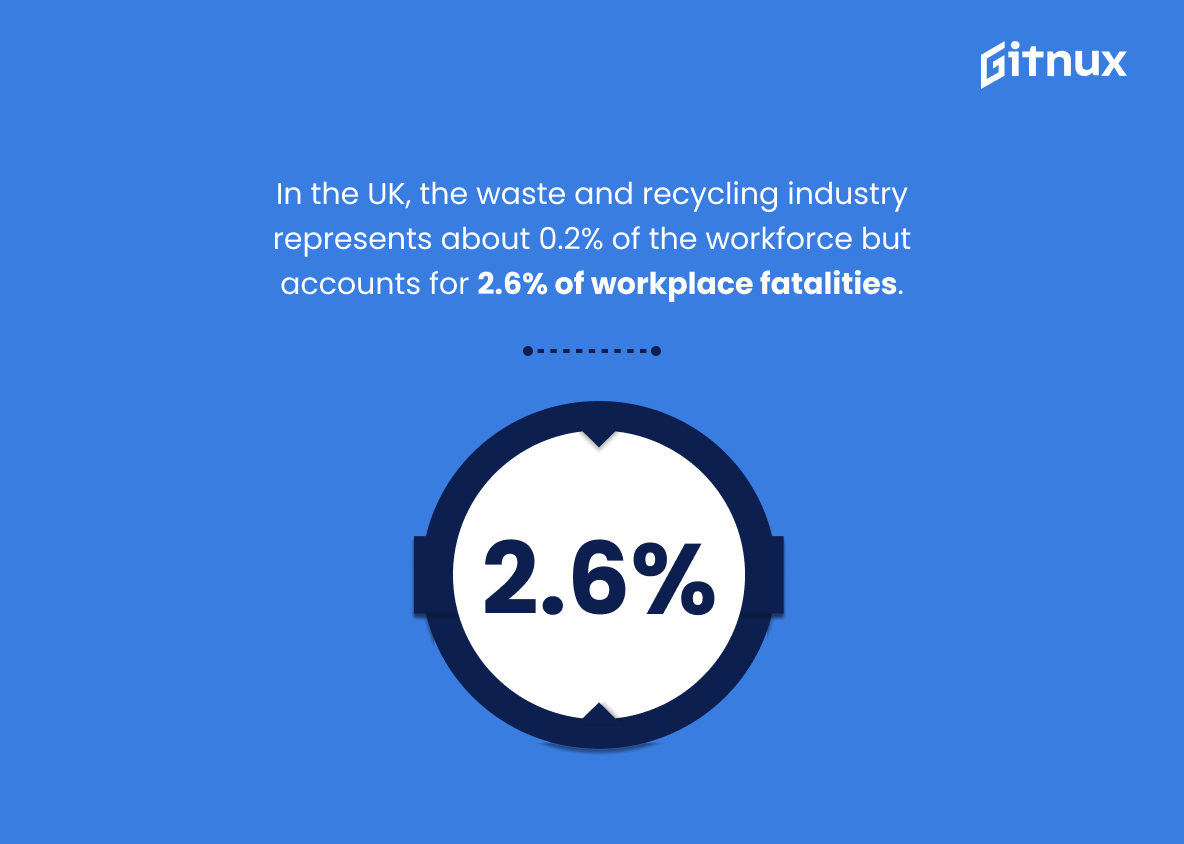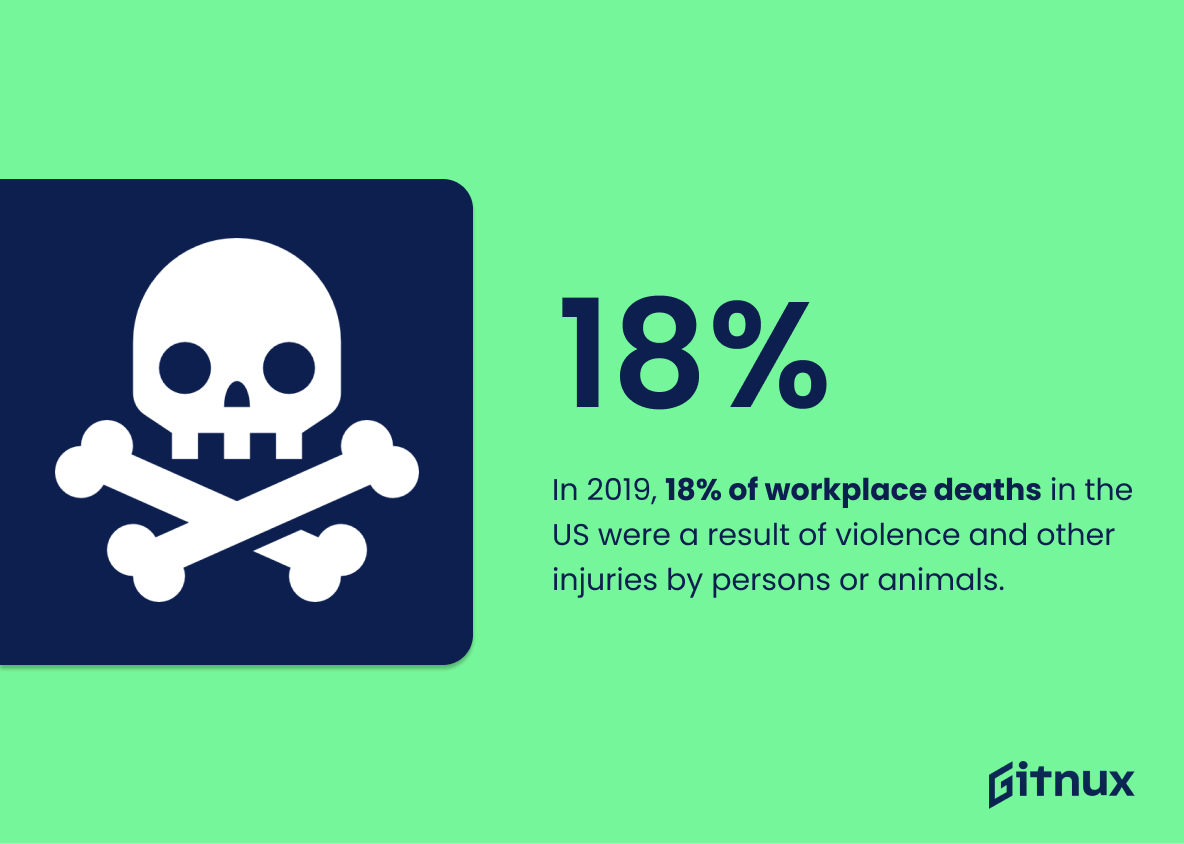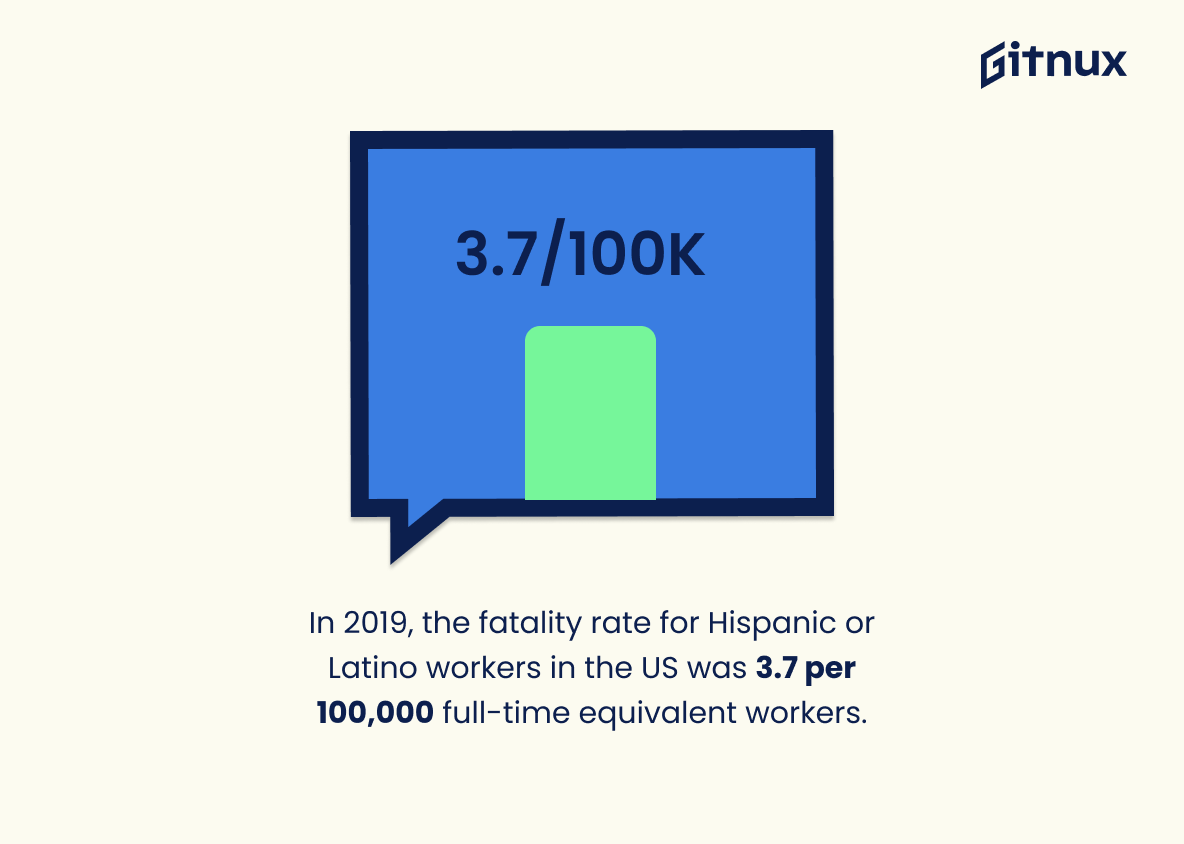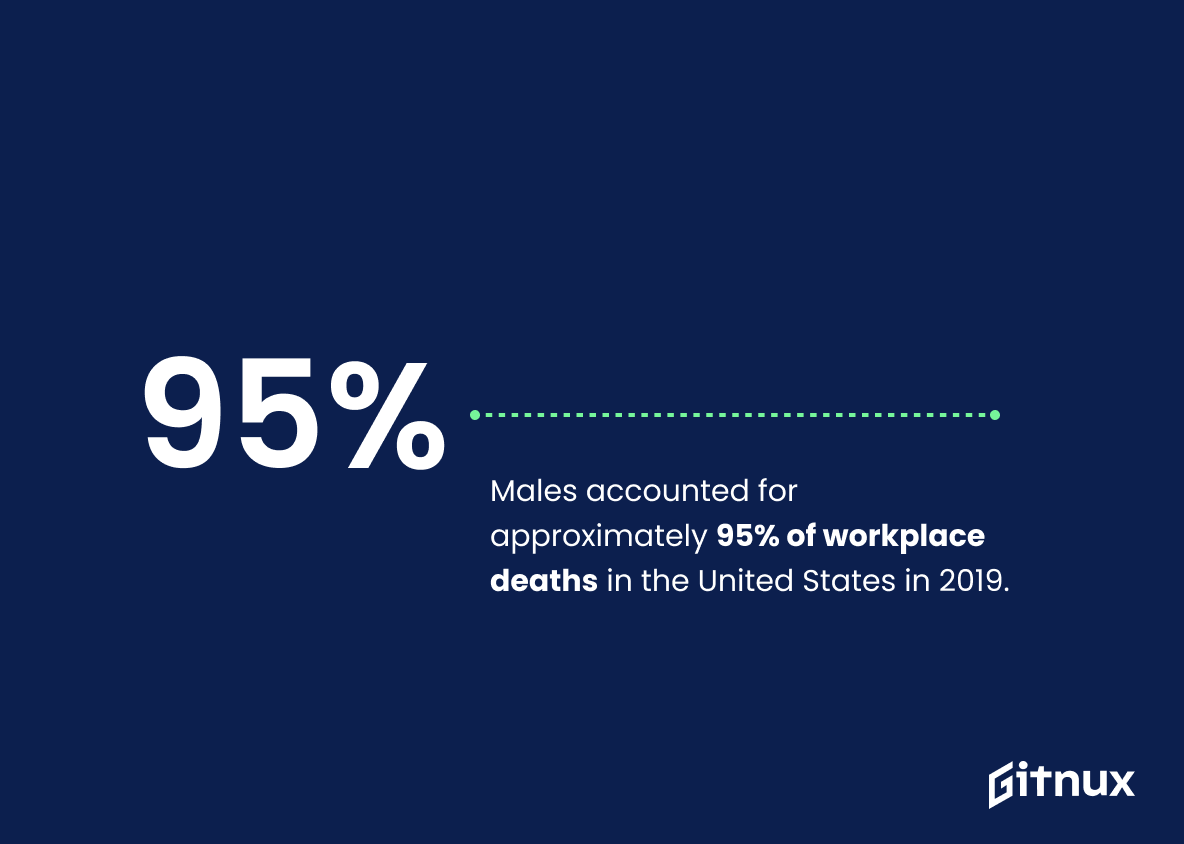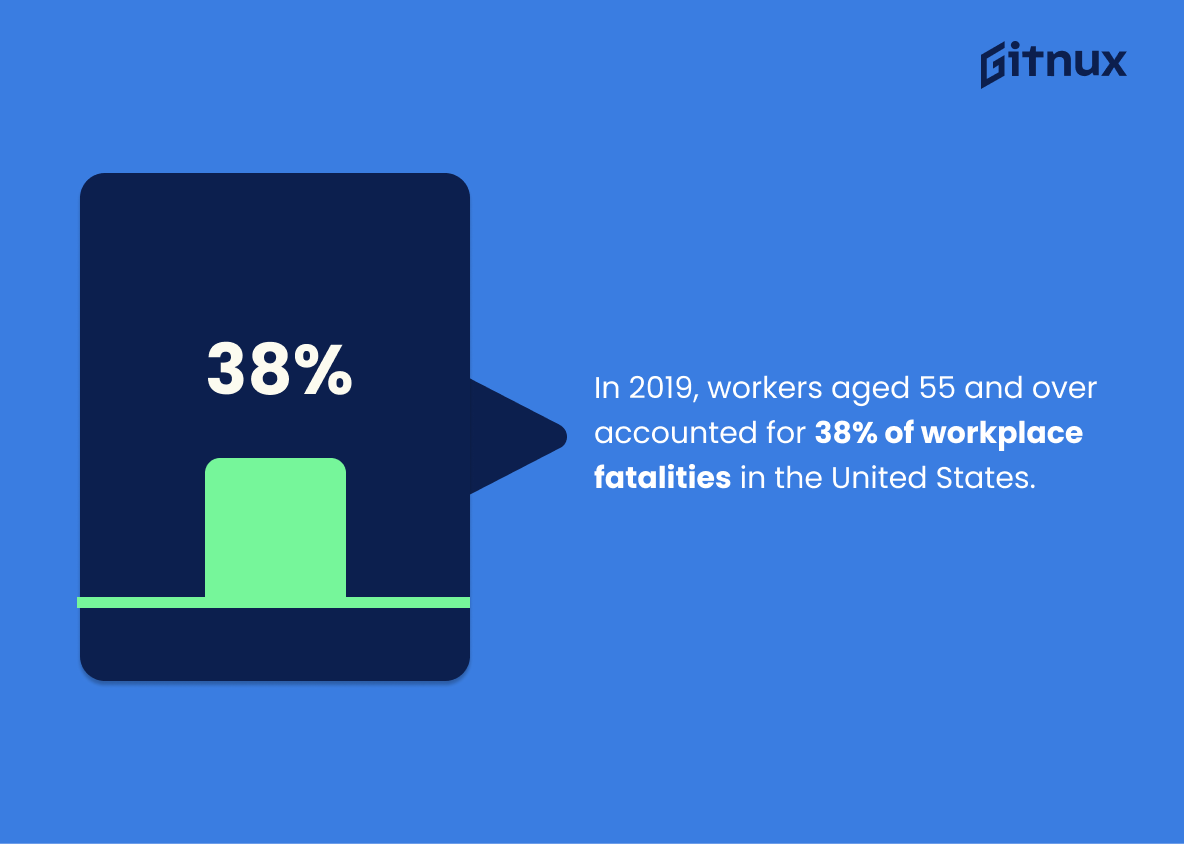Workplace deaths are a serious issue that affects workers and their families around the world. Every year, thousands of people lose their lives due to workplace accidents or illnesses caused by hazardous working conditions. To better understand this problem, here are 20 statistics related to workplace deaths from various sources:
Workplace Death Statistics Overview
Falls, slips, and trips resulted in 880 fatal work injuries in 2019.
This statistic is a stark reminder of the dangers of the workplace. It highlights the fact that falls, slips, and trips can be fatal, and that employers must take steps to ensure the safety of their employees. It also serves as a warning to workers to be aware of their surroundings and take the necessary precautions to avoid such accidents.
In 2019, there were 295 fatal work injuries among self-employed workers in the United States.
This statistic is a stark reminder of the dangers that self-employed workers face in the workplace. It highlights the need for greater safety measures to be taken to protect these individuals, as well as the need for better compensation and support for those who suffer from workplace fatalities. It is a sobering reminder that even those who are self-employed are not immune to the risks of the workplace.
In 2018, there were 144 workplace fatalities in the UK.
This statistic is a stark reminder of the tragic reality of workplace fatalities in the UK. It serves as a reminder that, despite advances in safety regulations and technology, there are still far too many people who lose their lives in the workplace each year. This statistic is a call to action for employers to take greater responsibility for the safety of their employees and to ensure that they are doing everything they can to prevent workplace fatalities.
In 2019, construction, transportation, and warehousing had the highest number of fatal workplace injuries in the United States.
This statistic is a stark reminder of the dangers of working in the construction, transportation, and warehousing industries. It highlights the need for employers to prioritize safety in these industries, as well as the need for workers to be aware of the risks they face. It also serves as a reminder of the importance of workplace safety regulations and the need for employers to comply with them.
The workplace death rate in the U.S. increased 2% from 2018 to 2019.
This statistic is a stark reminder that workplace death is still a major issue in the U.S. Despite efforts to improve safety, the fact that the death rate has increased shows that more needs to be done to protect workers. This statistic serves as a call to action for employers and policymakers to take further steps to ensure the safety of workers in the workplace.
In Canada, over 1,000 workers die yearly from workplace incidents.
This statistic is a stark reminder of the dangers of the workplace and the importance of workplace safety. It highlights the need for employers to take the necessary steps to ensure the safety of their employees and to take all necessary precautions to prevent workplace deaths. It also serves as a reminder of the importance of workplace safety regulations and the need for employers to comply with them.
In 2019, agriculture, forestry, fishing, and hunting had a fatal work injury rate of 23.1 per 100,000 full-time equivalent workers in the United States.
This statistic is a stark reminder of the dangers of working in the agriculture, forestry, fishing, and hunting industries. It highlights the need for increased safety measures and better protection for workers in these industries, as the rate of fatal work injuries is significantly higher than the national average. It also serves as a reminder of the importance of workplace safety and the need to ensure that all workers are adequately protected from potential hazards.
In the European Union (EU), the construction sector accounts for 21% of all workplace fatalities.
This statistic is a stark reminder of the dangers of the construction sector in the European Union. It highlights the need for greater safety measures to be taken in order to protect workers in this sector from the risk of death. It is a call to action for employers and governments to ensure that the necessary steps are taken to reduce the number of workplace fatalities in the EU.
In 2019, the United States’ mining, quarrying, and oil and gas extraction sector had 24,000 non-fatal workplace illnesses and injuries.
This statistic is a stark reminder of the dangers of the mining, quarrying, and oil and gas extraction sector, even when fatalities are not involved. It highlights the need for improved safety measures in these industries, as well as the importance of providing adequate medical care and support for those who have been injured in the workplace.
In the UK, the waste and recycling industry represents about 0.2% of the workforce but accounts for 2.6% of workplace fatalities.
This statistic is a stark reminder of the disproportionate risk that workers in the waste and recycling industry face. It highlights the need for greater safety measures to be taken in order to protect these workers and reduce the number of workplace fatalities.
In 2019, 18% of workplace deaths in the United States were a result of violence and other injuries by persons or animals.
This statistic is a stark reminder of the dangers that workers face in the workplace. It highlights the fact that violence and other injuries by persons or animals are a major cause of workplace deaths, and that employers must take steps to ensure the safety of their employees. It also serves as a warning to workers to be aware of their surroundings and to take precautions to protect themselves from potential harm.
In 2019, the fatality rate for Hispanic or Latino workers in the United States was 3.7 per 100,000 full-time equivalent workers.
This statistic is a stark reminder of the disproportionate risk faced by Hispanic or Latino workers in the United States. It highlights the need for greater attention to be paid to the safety of these workers, and for employers to take steps to ensure their safety in the workplace.
Males accounted for approximately 95% of workplace deaths in the United States in 2019.
This statistic is a stark reminder of the disproportionate risk that men face in the workplace. It highlights the need for greater safety measures to protect male workers, as well as the need for greater awareness of the dangers of certain occupations. It also serves as a call to action for employers to take steps to ensure that their workplaces are safe for all employees.
In 2019, workers aged 55 and over accounted for 38% of workplace fatalities in the United States.
This statistic is a stark reminder of the dangers that older workers face in the workplace. It highlights the need for employers to take extra precautions to ensure the safety of their older employees, as they are more likely to be involved in a fatal workplace accident. It also serves as a warning to older workers to be extra vigilant when it comes to their safety in the workplace.
In 2019, roadway incidents resulted in 1,146 workplace deaths in the United States.
This statistic is a stark reminder of the dangers of the workplace. It highlights the fact that, even in the modern era, there are still risks associated with certain jobs that can lead to tragic consequences. It serves as a reminder that employers must take the necessary steps to ensure the safety of their employees, and that workers must be aware of the potential risks they face in their day-to-day work.
In 2018, 196 workplace fatalities in the United States were a result of exposure to harmful substances or environments.
This statistic is a stark reminder of the dangers of exposure to harmful substances or environments in the workplace. It highlights the importance of employers taking the necessary steps to ensure the safety of their employees and the need for workers to be aware of the potential risks they may face in their job. It also serves as a reminder of the need for proper safety protocols and regulations to be in place to protect workers from such dangers.
In 2018, self-employed workers accounted for 24% of all fatal occupational injuries in the United States.
This statistic is a stark reminder of the dangers that self-employed workers face in the workplace. It highlights the need for greater safety measures and protections for those who work independently, as they are disproportionately affected by fatal occupational injuries. It is a call to action for employers and policymakers to ensure that self-employed workers are provided with the same level of safety and security as those who are employed by larger organizations.
Conclusion
The statistics presented in this blog post demonstrate the prevalence of workplace deaths around the world. In 2019, there were 5,333 fatal workplace injuries in the United States alone and self-employed workers accounted for 24% of all fatal occupational injuries. Transportation accidents accounted for 39% of all fatalities while falls, slips and trips resulted in 880 deaths that same year. The data also shows that males are disproportionately affected by workplace death with 95% of fatalities being male workers aged 55 or over. It is clear from these figures that more needs to be done to ensure worker safety across industries worldwide.
References
0. – https://www.hseni.gov.uk
1. – https://www.osha.europa.eu
2. – https://www.bls.gov
3. – https://www.hse.gov.uk
4. – https://www.ccohs.ca
ZipDo, cited June 2023: Workplace Death Statistics
